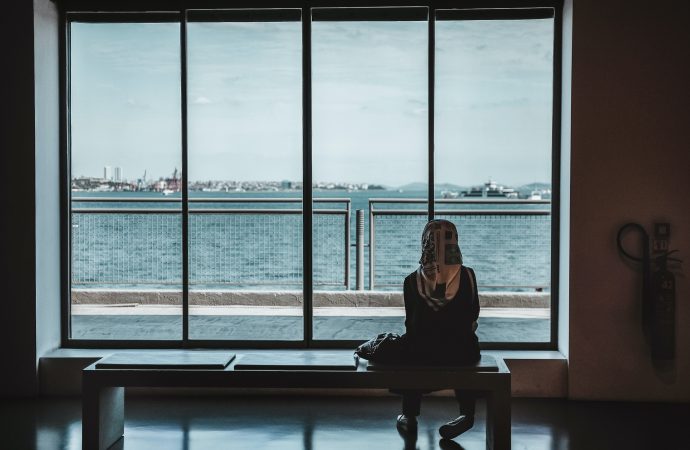In the concrete jungle of our urban landscapes, a vibrant and subversive form of artistic expression has emerged, captivating passersby with its boldness, intricate details, and powerful social commentary. Street art and graffiti, once considered acts of vandalism, have transcended their rebellious origins to become a recognized art form, provoking thought, sparking conversations, and transforming
In the concrete jungle of our urban landscapes, a vibrant and subversive form of artistic expression has emerged, captivating passersby with its boldness, intricate details, and powerful social commentary. Street art and graffiti, once considered acts of vandalism, have transcended their rebellious origins to become a recognized art form, provoking thought, sparking conversations, and transforming cityscapes into open-air galleries.
From the politically charged murals that adorn the walls of neighborhoods to the whimsical stencils that dance along alleyways, street art and graffiti have evolved into a movement that challenges conventional artistic norms. Breaking free from the confines of galleries and museums, these artists harness the city’s architecture, abandoned buildings, and even public transport as their canvases, injecting life and creativity into forgotten spaces.
But what drives these artists to paint in public spaces? What fuels their passion for self-expression in the face of potential legal consequences? To uncover the answers, we delve into the world of street art and graffiti, shedding light on the artists, their motivations, and the impact their work has on communities.
Behind the Spray Can: The Artists and Their Stories
Step into the hidden world of street art, and you’ll encounter a diverse tapestry of artists with unique voices and styles. From anonymous tags to internationally acclaimed figures, these creative minds come from all walks of life, defying traditional artistic backgrounds and establishing their legitimacy through sheer talent and unrelenting determination.
Take, for example, the enigmatic artist known as “Stencil Master.” Armed with stencils and spray paint, Stencil Master brings iconic figures to life on the streets of our city, capturing the imagination of both art enthusiasts and casual observers. We delve into the mysterious identity behind the moniker, exploring the inspirations and narratives that fuel Stencil Master’s work.
Beyond the individual artists, street art and graffiti have become a means of collective expression for marginalized communities. In marginalized neighborhoods, murals often serve as cultural touchstones, showcasing the resilience and creativity of those who have been historically underrepresented. We shine a light on community-led initiatives that empower local artists to reclaim their neighborhoods through powerful and poignant artworks.
Beyond Vandalism: The Evolution of Perception
For decades, street art and graffiti were seen as acts of vandalism, with local authorities investing significant resources in their eradication. However, perceptions have shifted as society recognizes the artistic and cultural value that these urban interventions bring.
We examine the changing attitudes towards street art and graffiti, exploring how cities have developed strategies to embrace these art forms. Municipalities have launched legal mural programs, granting artists permission to create large-scale works that both beautify and humanize their surroundings. These initiatives demonstrate a growing recognition of the power of street art to foster a sense of community and identity.
Yet, controversies still arise, pitting artistic expression against property rights. We explore the ongoing debates surrounding the legality and ethical boundaries of street art, shedding light on the delicate balance between artistic freedom and public interest.
The Social Impact: Beyond the Aesthetic
Street art and graffiti extend far beyond their visual impact. They serve as catalysts for social change, pushing boundaries and challenging preconceived notions. We investigate how artists use their work as a medium for political and social commentary, addressing issues such as inequality, climate change, and systemic injustice.
Moreover, we examine the transformative effect of street art on communities. Through interviews with residents, business owners, and urban planners, we discover how vibrant murals and thought-provoking graffiti can reinvigorate neglected

















Leave a Comment
Your email address will not be published. Required fields are marked with *